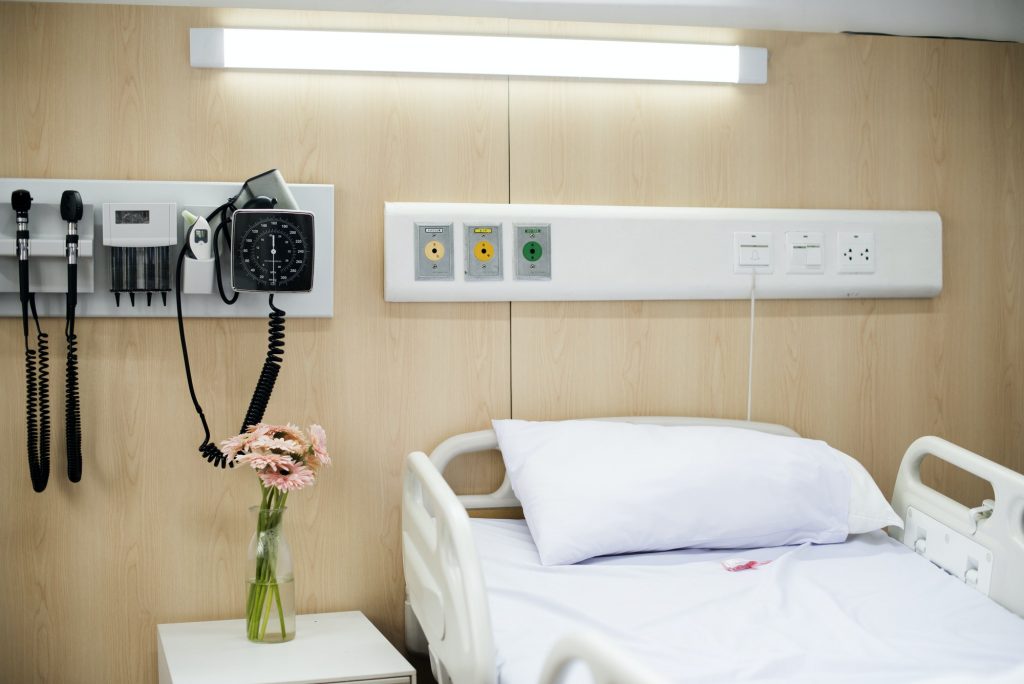Spurred by stress from being short-staffed with too many patients, providers and hospitals have been urging insurance companies to loosen the requirements set to transfer stable, recuperating patients to other facilities – swing bed facilities – so that they can treat patients with more pressing concerns. At the core of this issue are Medicare Advantage plans.
What are swing bed facilities, and when are they utilized? Why do these facilities dislike working with Medicare Advantage plans? Are the insurance companies preventing quality care? Let’s find out.
Swing Bed Facilities
Swing beds offer regular hospital beds that can be used interchangeably as either an acute care bed or a skilled nursing bed.
The practice of utilizing swing beds begin in the 1970s. At that time, it was observed that facilities in rural parts of the United States had the incorrect number of beds dedicated to the wrong level of care. Acute care beds in rural hospitals were primarily empty since the patients were being transferred to urban hospitals. On the other hand, nursing home beds had nearly disappeared due to regulatory changes. This observation led to the practical solution of swing bed facilities.
The Social Security Act allows some rural, small hospitals to enter a swing bed contract. This contract enables the hospital to use its beds for acute care or skilled nursing care. Swing bed regulations define these hospitals as “a hospital or critical access hospital (CAH) participating in Medicare that has CMS approval to provide post-hospital skilled nursing facility care.” These hospitals must meet specific requirements to enter into a swing bed contract.
Medicare Part A will cover the inpatient hospital extended care services received in a swing bed hospital. A swing bed dictates a change in reimbursement status. The reimbursement rate “swings” from acute care services billing to skilled nursing care billing, even though the patient remains in the same bed in the same facility.
Of course, there are limitations to Medicare Part A coverage. Complete coverage is offered for up to 20 days. From days 21-100, a copayment and deductibles will apply. After 100 days, the Medicare Part A benefits will be exhausted.
The swing bed program has been operating for over five decades, and rural hospitals have continued serving their communities since these facilities often have a positive operating margin. Patients benefit as well. Those who were initially transferred to an urban hospital and are on the mend but still too sick to return home can be transferred to their local swing bed facility, where they may be closer to friends and family.

The Problem with Medicare Advantage Plans
Hospitals do not enjoy working with Medicare Advantage plans. To be eligible for coverage under the policy, there must be extensive reviews and consultations before transfers to swing bed facilities.
While this has been a struggle for much longer, the COVID-19 pandemic shined a brighter light on these heavy requirements. As the number of COVID patients needing a hospital bed began to rise, there was an immediate push to transfer stable, recovering patients to swing bed facilities. The administrative burden of requirements and paperwork to make such transfers severely slowed that process. Patients – both stable and unstable – wait for an insurance authorization to open a bed.
Suggestions have been made to allow hospitals to move stable patients and receive that approval retroactively. There has been some effort on insurance companies to lighten some of their hefty requirements. In some states where hospitals are overflowing, some insurance companies have even suspended prior authorization for transfers.
While they offer an excellent value for a very affordable monthly premium, Medicare Advantage plans often have OK print requirements like these. As these plans become more popular, they will adjust their needs to provide quality patient care.


